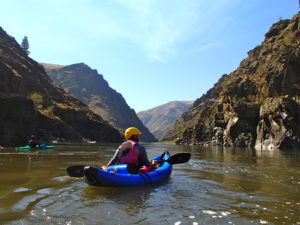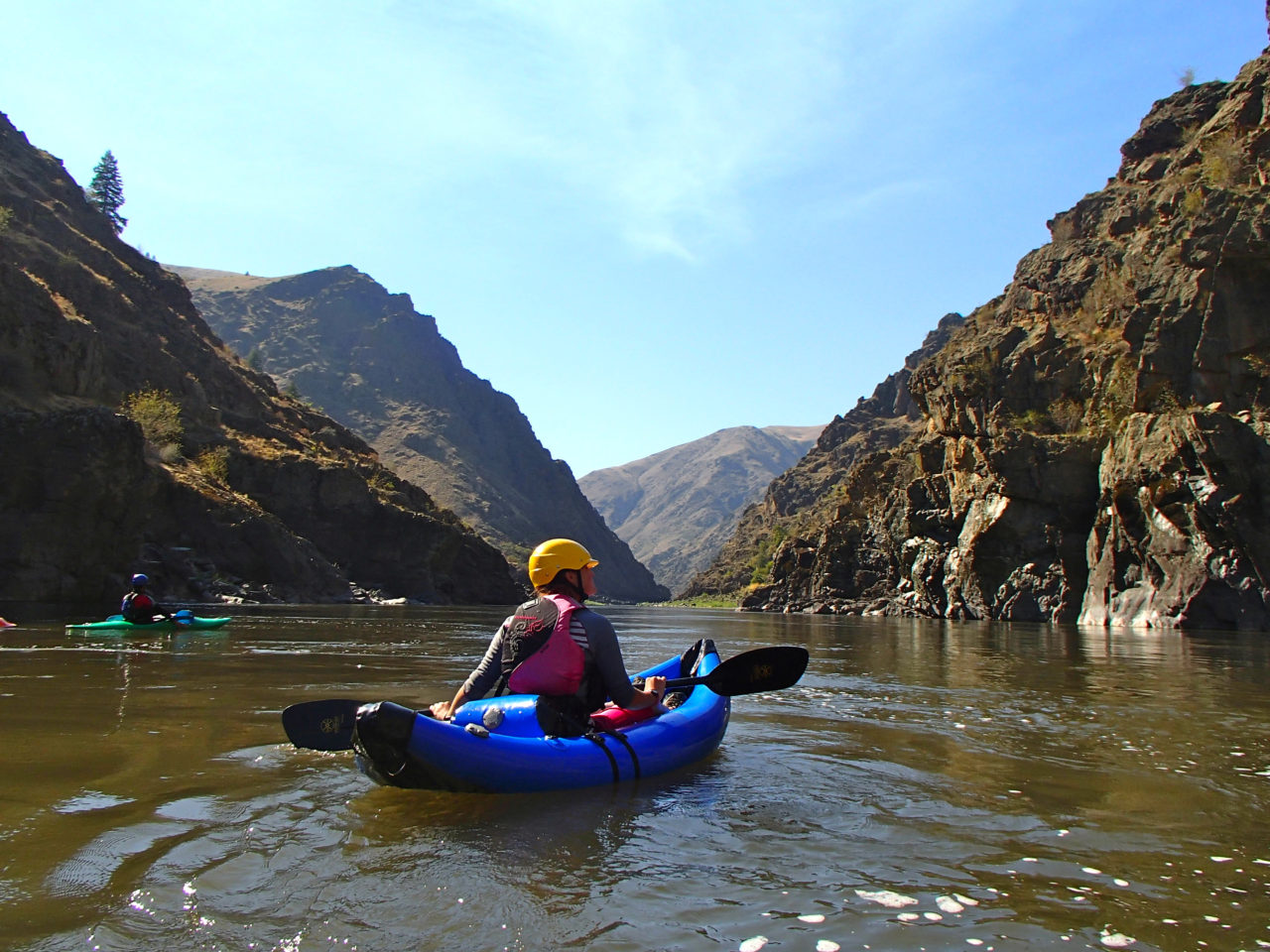The Lower Salmon River – Wild and Historic
Alzar School is uniquely located in a web of world-class whitewater. One of the river systems weaved around our Idaho campus is the famous Salmon River – the River of No Return. This week and next, students are exploring the 53 miles of the Lower Salmon River that flows from Hammer Creek to the confluence with the Snake River. The river flows through one of the deepest canyons in the United States and, at this time of year, features a mix of Class II and III whitewater rapids. Much of the Lower Salmon meanders through a roadless area, accessible only by boat. The Bureau of Land Management has even identified the Lower Salmon as a suitable river for future Wild and Scenic River designation.

Expansive, white sand beaches dot the Lower Salmon River banks. Groups of chukars, wild partridges, cluck and scamper along the rocky outcroppings. Bighorn sheep make their way down from the basalt cliffs to lap water from the large river eddies. All while 100-year-old sturgeon lurk in the cool-water depths of the canyon.

This wild space has a wealth of history. Native populations have utilized the Salmon River and its tributaries for centuries. The Nez Perce tribe, renowned for their Appaloosa horses and for assisting Lewis and Clark, had seasonal settlements along the Lower Salmon. As the gold rush swept across the West in the 1860’s, subsistence miners infiltrated the area bringing in machinery that is still visible at old homestead sites. By the late 1800’s ranchers and livestock moved in alongside miners. The relatively low elevation of the Lower Salmon river offers winter grazing lands that are still utilized today. Nowadays, the Lower Salmon attracts recreationists from all over, offering one of the best non-permitted, multi-day rafting and fishing trips in Idaho.
As Alzar School students paddle along the Lower Salmon River, they will experience a wilderness area with a complex history of human involvement. We are excited to hear their reflections on traveling through this exceptional and powerful place.

